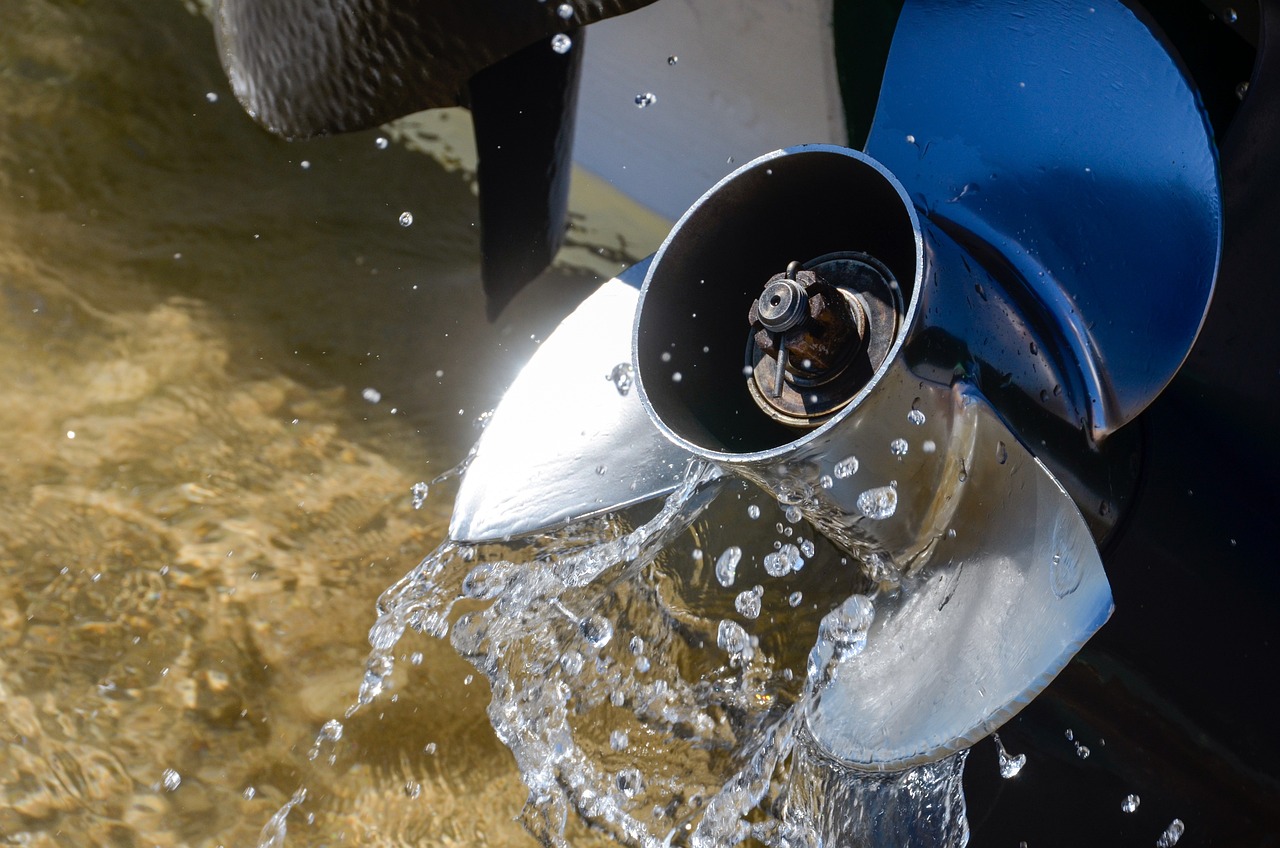Outboard propellers play a crucial role in the performance and efficiency of marine vessels, be it a small recreational boat or a large commercial vessel. One important aspect of these propellers is their pitch size. In this article, we will delve into the significance of pitch size in outboard propellers, its impact on performance, and factors to consider when choosing the right pitch for your boat.
What is Propeller Pitch?
The pitch of a propeller refers to the theoretical forward movement of a boat that would result from one complete revolution of the propeller. In other words, it represents the distance a propeller would travel if it moved through a solid medium (like water) without slipping or experiencing any drag.
Understanding Pitch Size:
Pitch size is usually expressed in inches and represents the distance a propeller would theoretically move forward in one revolution. For instance, a propeller with a pitch size of 14 inches would ideally move forward 14 inches with each complete rotation. It’s important to note that the actual forward movement may differ due to various factors such as water conditions, hull design, and engine power.
Impact on Performance:
- Speed: The pitch size significantly affects the speed capabilities of a boat. Higher pitch propellers offer more distance per revolution, resulting in higher top speeds. Conversely, lower pitch propellers provide greater acceleration and pulling power at lower speeds.
- Engine RPM: Propeller pitch influences the engine’s revolutions per minute (RPM). Higher pitch propellers require more power to reach their optimal RPM range, while lower pitch propellers allow the engine to reach higher RPM more easily. Properly matching the pitch to the engine’s power and RPM range is crucial for maximizing performance and fuel efficiency.
- Load Capacity: The pitch size also plays a role in a boat’s load-carrying capacity. Higher pitch propellers are generally better suited for lighter loads, as they allow the engine to achieve higher RPM and maintain speed. Lower pitch propellers are ideal for heavier loads, providing increased thrust and acceleration.
Choosing the Right Pitch:
- Boat Type and Usage: Consider the purpose of your boat—whether it’s for fishing, water sports, cruising, or commercial applications. Different activities may require varying propeller pitch sizes to optimize performance accordingly.
- Boat Weight and Hull Design: The weight of your boat and the shape of its hull affect the required propeller pitch. Heavier boats may require lower pitch propellers to handle the additional load, while lighter boats can benefit from higher pitch propellers for increased speed.
- Engine Specifications: Consult your engine manufacturer’s recommendations regarding the suitable pitch range for your specific engine model. This information helps ensure compatibility and optimal performance.
- Experiment and Fine-tuning: Propeller pitch selection may require some trial and error. If possible, test different propellers with varying pitch sizes to find the optimal combination for your boat’s performance goals.
Conclusion:
The pitch size of outboard propellers is a critical factor in determining a boat’s speed, acceleration, and overall performance. By understanding how pitch size influences these aspects and considering factors such as boat type, weight, hull design, and engine specifications, boat owners can make informed decisions when selecting propellers. Remember, finding the right propeller pitch can enhance your boating experience, maximize fuel efficiency, and ensure an enjoyable time on the water.
